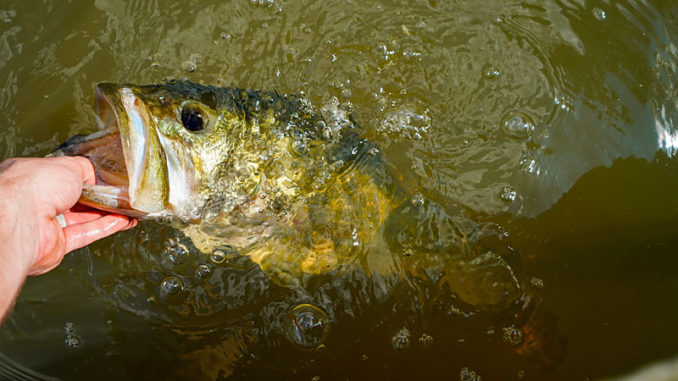
I look forward to February every year, because it’s the start of a couple of months when you have your best chance of catching the biggest bass of your life.
As a tournament pro, you’re always looking to catch your five biggest fish every day. But if you’re just a weekend angler or a club fisherman, if you’re like me, you’re looking to catch big bass. We all like catching a big bass. When hunting season is in, we all want to kill the biggest buck. Bass fishermen are the same way. And in February and March, you have the opportunity to catch your personal bass, the fish of a lifetime.
So I’m going to be fishing for big bass this month and next, and I don’t fish the same way in most other months. Say, in May, June or July, you have a chance to catch a 20-pound stringer. But February and March are for that great big bass. And the first thing I’m going to do is tie on baits that I’ve used to catch big fish in the past, two of them in particular: a Shad Rap and a Mop jig. I will always have them tied on in February and March, along with maybe a Rapala DT6 or DT10 crankbait.
Keep lures handy
I will have Nos. 6, 7 and 8 Shad Raps tied on and on the deck of my Phoenix bass boat, along with a rod with a Mop Jig. They’ll be on deck every time I drop my trolling motor.

The size of the Shad Raps doesn’t matter as much as the depths you can fish them. There’s only about ⅝-inch of a difference between a No. 6 and a No. 8, but they’re very different baits. A No. 6 will run 6 to 8 feet deep, a No. 7 will run 8- to 10-feet deep, and a No. 8 will run 10- to 12-feet deep – depending on how far you can cast them, and the length of your rod, whether it’s a spinning or casting rod, and how and where the wind is blowing will play into that.
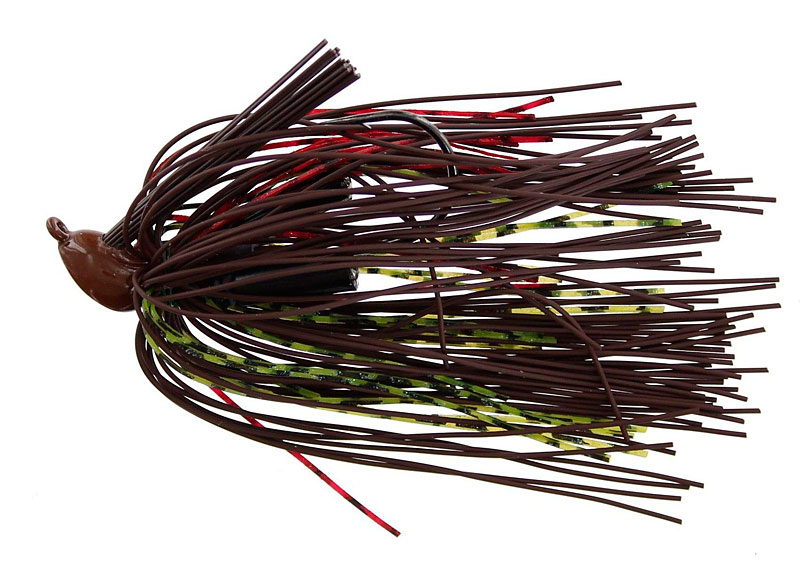
You can have a full-fledged discussion on what kinds of rods and reels you can use to fish a Shad Rap – the same way you can argue about fishing a floating worm. I throw a No. 6 or 7 on a 6½- or 7-foot, medium-action Lew’s baitcasting rod with a Lew’s BB1 reel spooled with 10-pound Sufix advantage fluorocarbon. The line is invisible, and it won’t float, so that helps the bait get down. And you can throw a light bait with a good baitcasting reel. But if you want to throw it on a spinning reel, that’s fine.
Which bait you pick will have a lot to do with conditions. The weather in February can be very inconsistent. You can have highs almost in the 80s, and highs definitely in the 20s. Wherever you’re fishing, there can be a lot going on. You will have some fish that will almost immediately be prespawn fish, who aren’t far from spawning. I’m certain that I’ve seen a lot of bass spawn in the Carolinas in March, so they won’t be far. Those fish will be in around 5 feet of water. And then, you’ll have fish that are still deep, still relating to baitfish in 20 to 40 feet of water.
Even if the weather is cold, there will be some bass that really want to get up in shallow water. The approach of the spawn will make them move. I’ve fished with snow on the ground and caught them up in 5 or 6 feet of water. When you find fish like that, a No. 6 Shad Rap is a great bait to throw. You want to make contact with the bottom, but you don’t want to bury the bait in the bottom.
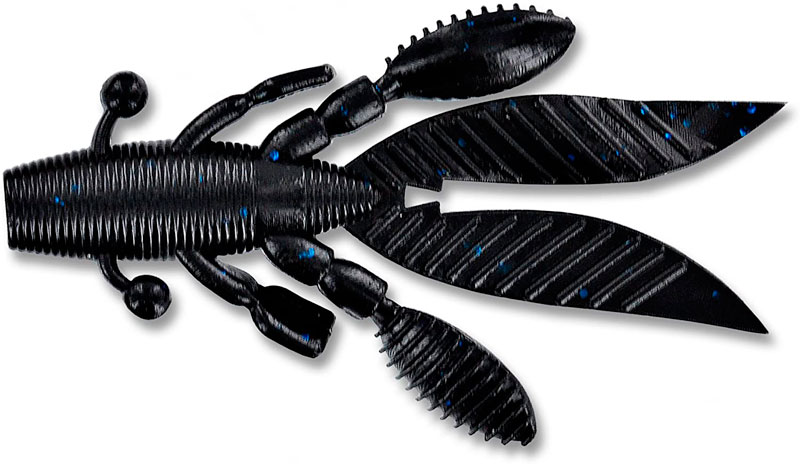
This month, you can have some groups of fish on shallow flats in creeks or in flat pockets. Or they can be on 45-degree angle banks; fish are so iffy from day-to-day or week-to-week. You’d throw a No. 6 or 7 on the shallow flat and a No. 8 along the deep bank.
Last crankbait thing: color. A lot of our lakes have blueback herring. And bluebacks are close enough in color to the baitfish in the other lakes that blueback herring is a great color. So is the Rapala color they call demon, which is a lighter red, like a faded candy apple red. It’s a crawfish color. Those two are all you need. Crawfish and herring are like filet mignon to bass in February.
What I’m going to do is go to an area I have some confidence in, put the trolling motor down and go fishing, throwing the No. 6 or No. 8, depending on the particular area. And I’m going to have a Mop jig tied on with a Yamamoto Flappin Hog trailer. If I get in an area where I get a few bites on the Shad Rap, I’m going to slow down and fish the Mop jig: brown/green pumpkin in clear water and black/blue in stained to dirty water.
I’m looking for about six to eight bites on a February day, but when you get them, they’ll be good fish – and one of them might be the biggest one you ever get a chance to land.
Check the shallows:
February is a cold month, but on many Carolina lakes, the bass are staging to prepare for spawning next month. So don’t overlook the shallows this month, even on bitterly cold days.

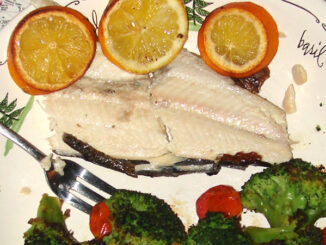
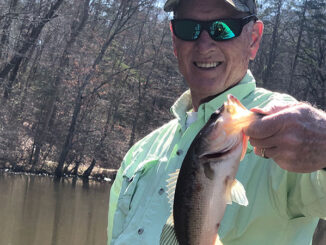
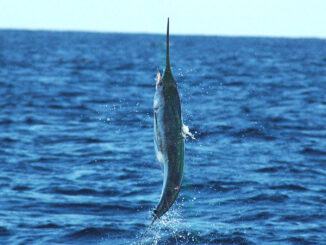

Be the first to comment